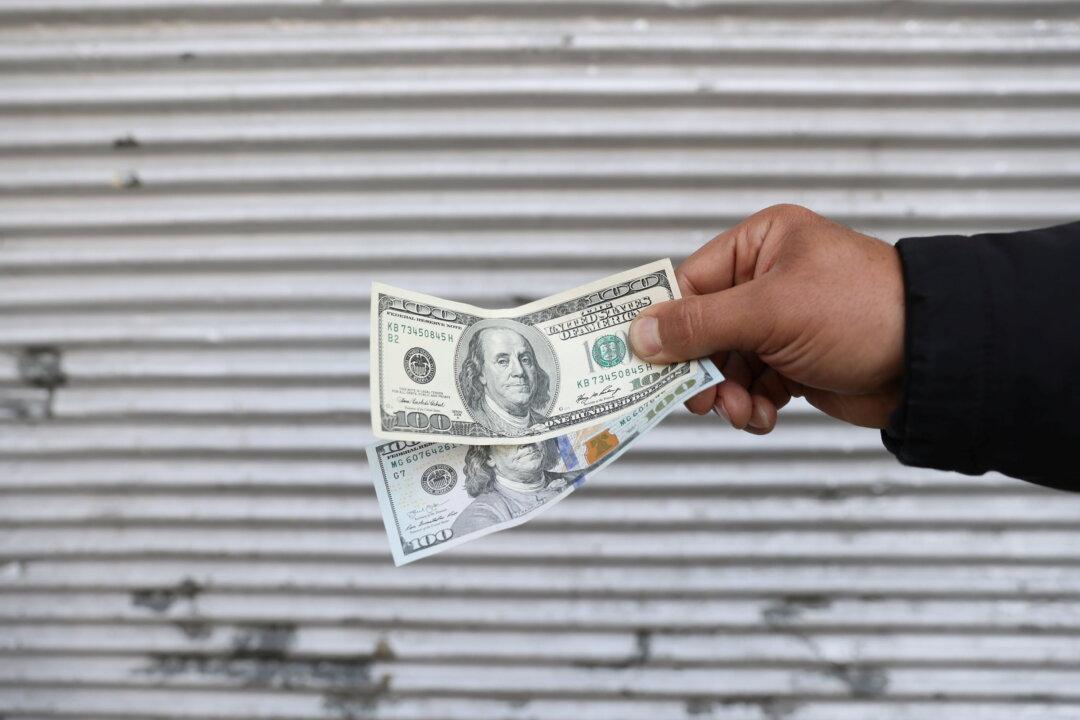LONDON—The dollar rose to an almost one-month high on Friday, after U.S. economic data highlighted a still-tight labour market that could mean the Federal Reserve keeps hiking interest rates aggressively.
The number of Americans filing new claims for jobless benefits dropped to a three-month low last week while layoffs fell 43 percent in December, data on Thursday showed.





